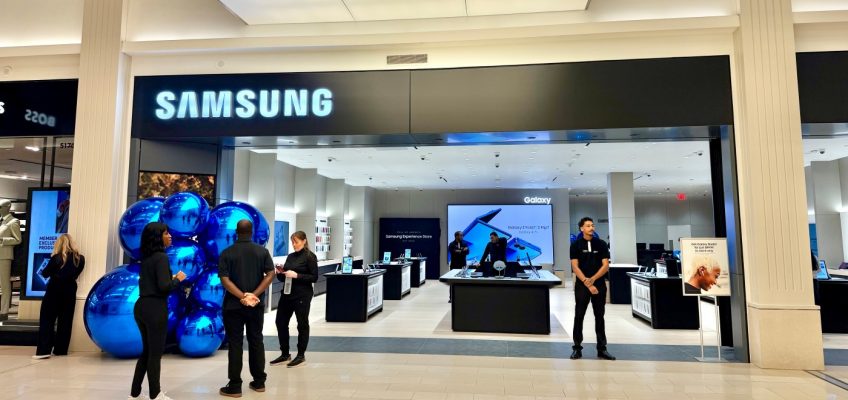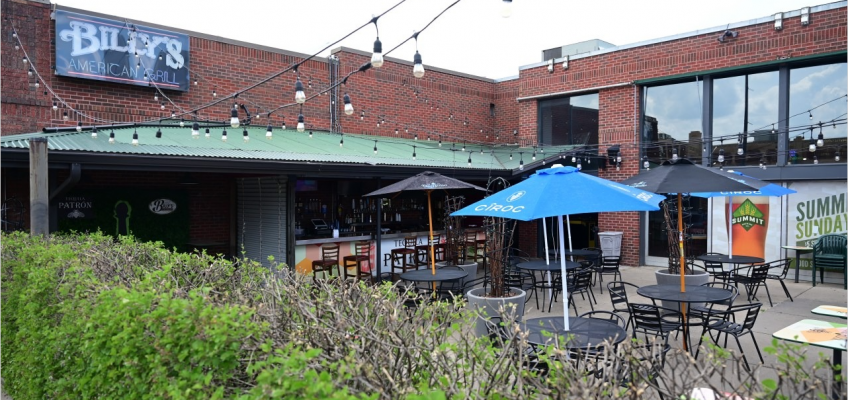Apple at the Mall of America just got some competition.
Electronics maker Samsung debuted a retail store Friday catering to users of its cell phones, tablets, laptops, smartwatches, smart rings and an all-new virtual reality headset.
The store’s emphasis is on mobility, said Carrie Jacobson, the company’s U.S. retail chief. Visitors will find none of the company’s big-screen TVs or other stationary devices.
To a large extent with this store and six other such U.S. outlets, Samsung seems to be following Apple’s playbook.
Two customers examine the merchandise at a Samsung retail store that opened at the Mall of America on Friday, Oct. 24, 2024. (Julio Ojeda-Zapata, Pioneer Press)
Its prominently displayed Galaxy XR headset is clearly meant to compete with Apple’s Vision Pro headset.
Samsung even provides comfy seating arrangements for testing sessions, just like the Apple store that is steps away.
Its Care Team members replicate the roles of Apple Geniuses, helping people who come in with malfunctioning devices or other troubles. The store hadn’t even opened on Friday morning and one couple already clamored for assistance.
“With consumers keeping their phones up to three years now, they expect to have hands-on support,” Jacobson said.
Samsung opened a total of three stores on Friday. The other two are in Queens, N.Y. and in Americana in Galleria in Southern California. It previously opened stores in Roosevelt, N.Y., Dallas, Houston and Los Cerritos in Southern California.
Samsung has stores abroad, but these ones are distinctly American — with more to come.
“We will continue to look for places with the right consumer mix,” Jacobson said.
Related Articles
EU accuses Meta and TikTok of breaching transparency rules
Microsoft hopes Mico succeeds where Clippy failed as tech companies warily imbue AI with personality
What Americans think about the environmental impact of AI, according to a new poll
Prince Harry, Meghan join Steve Bannon, Glenn Beck in call for ban on development of AI ‘superintelligence’
$1B Rosemount aerospace complex, University of St. Thomas semiconductor hub receive state funding




